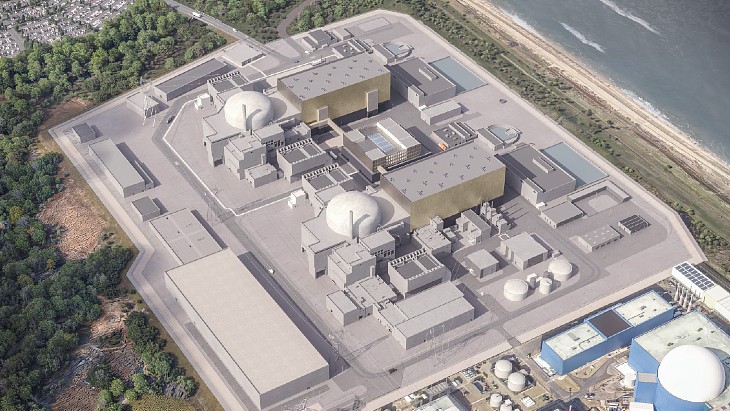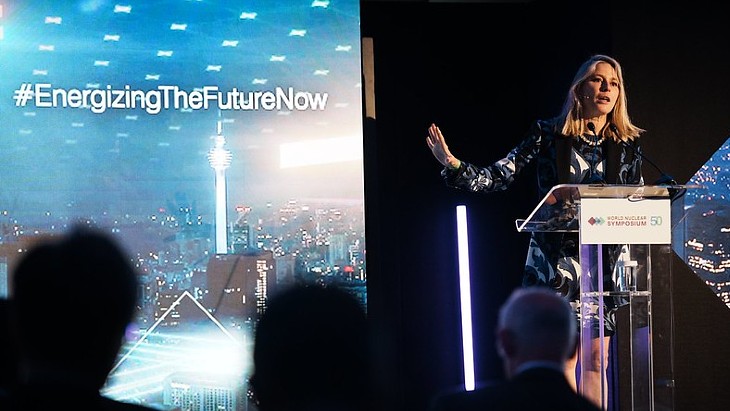Since 27 April, the French Alternative Energies and Atomic Energy Commission (CEA), Orano and ANADEC have been evaluating the potential of using the "in-can" vitrification process developed by CEA to treat waste from water treatment operations at Fukushima Daiichi. Such wastes from these operations include contaminated sludge and mineral adsorbents. Vitrification is the process for immobilising high-level radioactive waste in glass.
CEA's Marcoule laboratory developed a compact in-can vitrification process in which the melting pot is disposable and serves as the primary canister for the solidified glass.
The project to demonstrate the use of the technology at Fukushima Daiichi comprises two main parts.
The first is to develop and study durable waste form conditioning matrix formulations. Tests on a laboratory-scale (100 grams), on a bench-scale (1 kilogram) and near-industrial scale (100kg) will be carried out in France at the CEA Marcoule laboratories.
The second part of the project is to conduct feasibility studies for process implementation, operation and maintenance principles and waste disposal. These studies will be led by Orano.
In a joint statement Orano and CEA said that laboratory-scale test and part of the bench-scale tests have already been "performed with success". Near-industrial scale tests, they said, are under way. The feasibility studies will then be carried out, with the complete results expected to be delivered by the end of March 2019.
For the project, "technical and commercial interfaces" in Japan are being provided by ANADEC. This a joint venture set up in 2014 between Orano and Japanese nuclear power plant maintenance and radioactive material management company ATOX.
Multiple facilities including a multi-nuclide removal facility - the Advanced Liquid Processing System (ALPS) - are used to treat the contaminated water accumulated at Fukushima Daiichi plant. After the concentration of caesium and strontium contained in the contaminated water is reduced, the ALPS system eventually removes most of the radioactive materials except tritium. The treatment of all highly contaminated water which contained strontium, except residual water in the bottom of the storage tanks, was completed in May 2015. This has helped reduce the risks attributed to contaminated water, such as an increase in radiation dose on the premises or contaminated water leaking from the storage tanks. The water from which caesium and strontium have been already reduced will require additional treatment by ALPS for further risk reduction.

.jpg)



_55530.jpg)
_42372.jpg)
_37521_70699.jpg)

_76087_55556.jpg)




